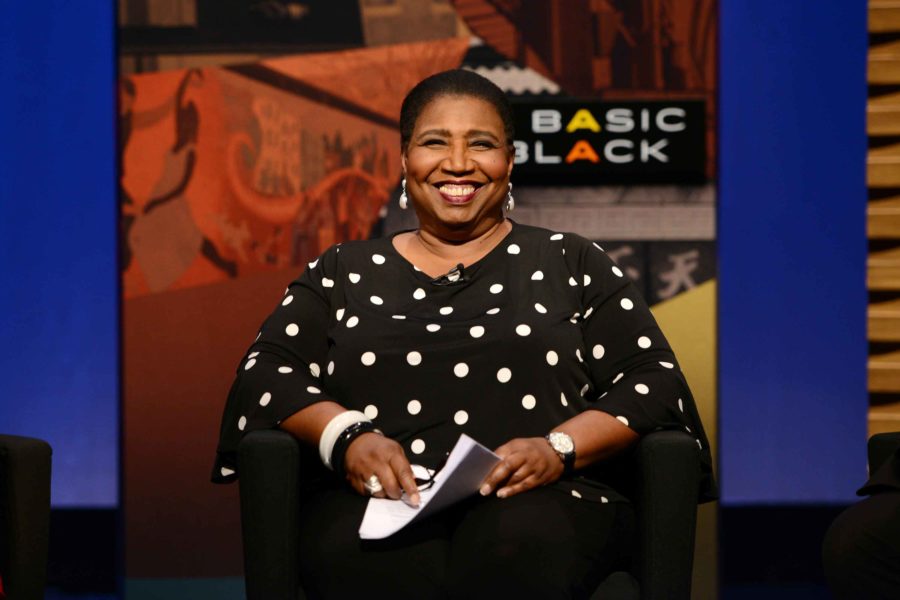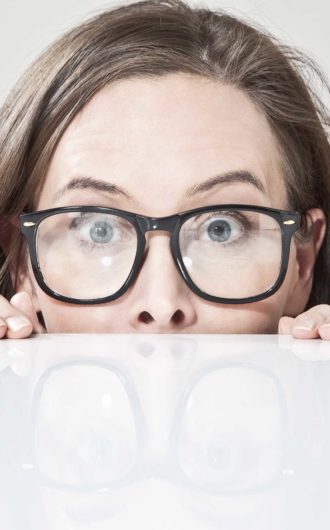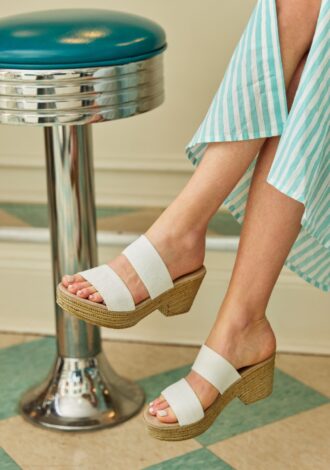Callie Crossley has made an indelible mark across the media landscape as a broadcast journalist and radio presenter in Boston with her intersectional perspective on local and national news through the lens of race and gender.
She hosted her own public talk radio show on WGBH from 2010 to 2012 called “The Callie Crossley Show,” and she is now the host of radio show “Under the Radar with Callie Crossley.” The Tennessee native and Wellesley College grad contributes weekly on WGBH’s “Morning Edition,” and regularly hosts “Basic Black,” a TV show which has been highlighting issues and voices from Boston’s communities of color for the past 50 years.
Crossley took time out of her schedule of producing stories and leading lectures to talk to Exhale about her own experiences as a black woman working in media, how she has adapted to different mediums of storytelling, and how unexpected challenges arise despite how prepared you may be.

Exhale: As a leading expert on the intersection of race, gender and media, have you encountered racism and/or sexism in your own journalism career?
Callie Crossley:In my early days of reporting, the understanding was that you scoured industry publications or got word of mouth from friends in the business about the last black reporter who left a job, because then, you knew there was at least one opening. But, beyond that, you could not be guaranteed there would be more [opportunities]. So, that’s exactly what I used to do.
Sometimes, now, people are still surprised that I am the person doing the story or leading the conversation. When I was at ABC News 20/20, I would arrive with a crew, and people would walk up to the photographer first saying, ‘Hi, what’s happening?’ and he would say, ‘You’d have to ask her.’ I grew accustomed to it. You have to figure out ways to meet the challenge.

Did you always have a preference for TV and radio over print journalism?
I actually didn’t have a preference for radio at all. I was always focused on being a TV news reporter. My career has been ruled by TV.
I was approached by Phil Redo, who at the time was a consultant for WGBH, to do a talk radio show. Local programming wasn’t really on anyone’s agenda, but he really pushed for it.

How have you adapted to technology changing the way media is produced and consumed?
I’m still adapting. It’s always more difficult for people who are not digital natives, but I appreciate the different ways you can tell stories now.
I have a very good producer, Franziska Monahan, who helps me with online and social media content for “Under the Radar.” We sat down and talked about upping our online game strategically. We put the text of radio commentaries online and people will almost always read the text but not click the audio button. Which is frustrating, because it’s a whole other world if you hear me doing it versus reading it yourself. My producer has been able to take the text and pull out some of the audio and lay it on top of it so you can’t help but click on it. What happens is that people hear snippets of the audio and then go back to listen to it in full.
We’ll also take stories for “Under the Radar” and publish them specifically for the web.

Is there a big difference working for an outlet focused on communities of color like Basic Black versus an outlet that’s more mainstream like ABC News 20/20?
I would also make the distinction between working on my radio show as well. “Under the Radar” is not focused on communities of color, although people think it is because I’m the host, which is interesting.
I tend to do stories that are more “inclusive” wherever I am. It’s the nature of who I am and where my interests lie. But, for “Basic Black,” which is specifically focused on communities of color, if we’re covering an issue, we need to think about where are we looking first with regard to those communities and the impact on them.
We recently did a segment on kids in college suffering from mental health issues. But, we looked at what it means for students of color who are also dealing with a whole layer of racism and mental health issues on campus. So, the focus is quite different. There are volumes of material on the broader aspect, as I’ve just described, but less so about the communities of color.

As a regular commentator on society and politics, what do you think about the midterm election bringing us the most women in Congress the U.S. has ever seen?
The statistic that I usually refer to is the most diverse congress that we’ve ever had, but I think it’s fabulous.
It opens up people’s eyes to a broader spectrum of how issues can be seen and dealt with. For example, I point to Minnesota Congresswoman Ilhan Omar, a Somali-American Muslim, who pushed to reverse a 1837 rule that banned representatives from having their head covered on the House Floor. She wears a hijab. That’s the power of having people in the seats who are representing other folks like them. Making that rule go away opens up other opportunities for folks who want to run for Congress.
You don’t lose when you have diversity



 4 min read
4 min read

